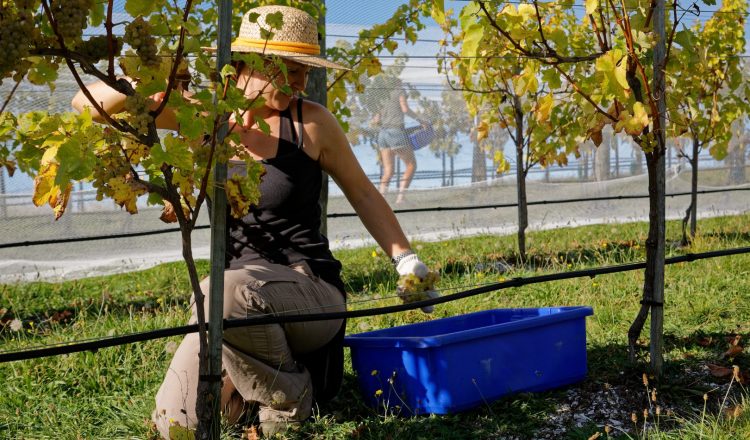Average wages
As of mid 2020, the median income in New Zealand is just under NZ$25.50 per hour.
Your level of qualification will have a big effect on how much you can get paid in New Zealand with a Bachelor’s degree reported to earn up to 40% over the average income. The higher the qualification, the more you will earn. However, the subjects you studied, your work experience, the demand for your skills in New Zealand, and how well you can negotiate your entry salary will have an effect too.
Many New Zealand companies offer more non-monetary benefits to their employees when compared with businesses in other countries. Company cars, company telephones, paid meals or fitness centre registrations are sometimes included in remuneration packages.
Most businesses do not advertise remuneration packages in job advertisements, so it will help to do your research beforehand to get an idea of what you should expect, or what you think you are worth. The table below provides indicative pay ranges by industry:
| Job category | Median pay | Pay range |
| Accounting | $65,000 | $48,000 to $125,000 |
| Agriculture, fishing and forestry | $55,000 | $40,000 to $95,000 |
| Architecture | $75,000 | $50,000 to $125,000 |
| Automotive | $60,000 | $40,000 to $85,000 |
| Banking, finance and insurance | $65,000 | $45,000 to $125,000 |
| Construction and roading | $60,000 | $40,000 to $135,000 |
| Customer service | $48,000 | $40,000 to $65,000 |
| Education | $60,000 | $42,000 to $75,000 |
| Engineering | $75,000 | $48,000 to $130,000 |
| Executive and general management | $85,000 | $48,000 to $195,000 |
| Government and council | $70,000 | $40,000 to $145,000 |
| Healthcare | $55,000 | $40,000 to $85,000 |
| Hospitality and tourism | $50,000 | $40,000 to $65,000 |
| HR and recruitment | $65,000 | $48,000 to $122,000 |
| Information technology (IT) | $105,000 | $50,000 to $200,000 |
| Legal | $65,000 | $45,000 to $125,000 |
| Manufacturing and operations | $48,000 | $40,000 to $75,000 |
| Marketing, media and communications | $70,000 | $45,000 to $135,000 |
| Office and administration | $50,000 | $42,000 to $75,000 |
| Property | $85,000 | $50,000 to $150,000 |
| Retail | $48,000 | $40,000 to $65,000 |
| Sales | $65,000 | $42,000 to $115,000 |
| Science and technology | $65,000 | $42,000 to $115,000 |
| Trades and services | $55,000 | $40,000 to $85,000 |
| Transport and logistics | $50,000 | $40,000 to $80,000 |

















































